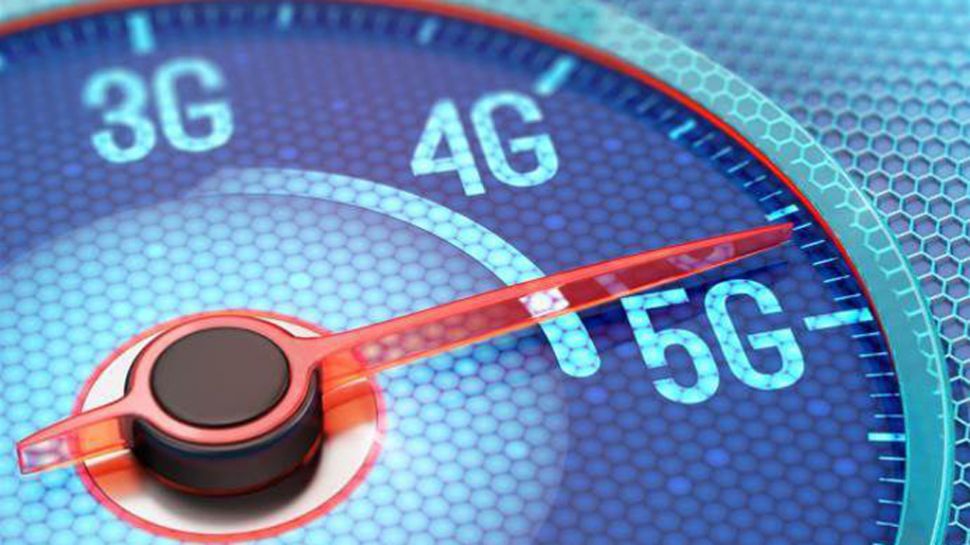5G vs Wi-Fi 6
Demystifying wireless technology

The hype continues to grow for 5G technology, with many carriers promoting it as a way to target the enterprise networking and IoT markets with an end-to-end service that spans indoor and outdoor coverage.
But will 5G be the answer to all decision-makers’ prayers? There is a lot of understandable confusion about the role Wi-Fi will play once 5G arrives, and how they might work together. Although carriers are just beginning to deploy 5G networks, customers need to decide whether it is worth hanging around for 5G offerings next year, or whether it won’t actually deliver what they need.
Simon Wilson is the CTO UK & Ireland at Aruba, A Hewlett Packard Company.
Is 5G more secure than Wi-Fi?
There is a misperception that cellular technologies are more secure than Wi-Fi. Although LTE is relatively secure, it’s not perfect. According to researchers at the University of Iowa and Purdue University, LTE is vulnerable to a range of attacks, including data interception and device tracking. 5G improves upon LTE security with multiple authentication methods and better key management.
At the same time, Wi-Fi security continues to advance. Of course, wireless routers that do not follow best practices, such as those without even basic password protection, are not optimal. Those configured with proper access controls and passwords are highly secure, and with new standards – specifically WPA3 and Enhanced Open – Wi-Fi network security is even better.
It’s also important to keep in mind that that enterprises have made enormous investments in security and compliance solutions tailored to their specific needs. With cellular networks, including 5G, enterprises lose the ability to deploy their chosen endpoint security and compliance solutions, as well as most visibility into traffic flows. With macro 5G, from a security perspective, you get what you get.
Does 5G have more features than Wi-Fi?
Although everyone is talking about the incredible speed of 5G, you would be hard-pushed to argue that Wi-Fi 6 couldn’t match it in terms of speed, latency, spectral efficiency, connection density (number of devices connected in a given area) and reliability. The 5G standard does add some new capabilities that 4G doesn’t have, such as the ability to network splice, higher connection density and integrated Edge Compute (MEC).
However, while these features are new for cellular, they aren’t new in the market. Enterprise networks, including Wi-Fi, have featured high connection density, network virtualisation and edge computing capabilities for decades. When comparing 5G to Wi-Fi 6, the most important functional difference is 5G’s ability to offer macro-area coverage and high-speed mobility. Wi-Fi was not designed to incorporate either of these capabilities.
Are you a pro? Subscribe to our newsletter
Sign up to the TechRadar Pro newsletter to get all the top news, opinion, features and guidance your business needs to succeed!
Conversely, Wi-Fi economics are more favorable from both per-square-foot and lifecycle cost perspectives - devices that only need Wi-Fi are cheaper than those that also have LTE, which would also have the added cost of having to manage SIM cards/subscriptions. So, if a customer values macro coverage and high-speed mobility – and is willing to pay the additional cost for them – 5G is a better fit.
Which is more reliable?
Both Wi-Fi 6 and 5G are extremely reliable when deployed correctly. Although macro 5G is deployed using licensed spectrum, which is less subject to interference than unlicensed spectrum, operating on licensed spectrum doesn’t always translate to higher levels of reliability.
Numerous enterprise Wi-Fi customers have achieved extremely high levels of reliability and performance in demanding environments, such as large, sophisticated manufacturing plants. Wi-Fi 6 improves reliability even further. Still, for certain applications, it might make sense to segment a specific private network on either a licensed spectrum, or a different band of unlicensed spectrum (for example, CBRS).
The reality is that Wi-Fi and 5G are both evolving to better serve end users, and both markets will grow to address the macro trend of connecting devices and analysing the data generated by these devices. 5G will serve business apps requiring high-speed mobility and macro coverage, while Wi-Fi 6 will continue to prove its value as a reliable, secure and cost-effective access technology for most enterprise applications, as it does today.
Simon Wilson is the CTO of HPE Aruba.